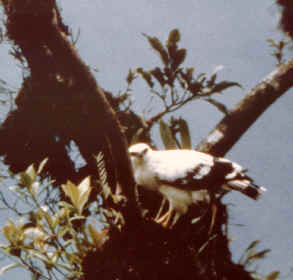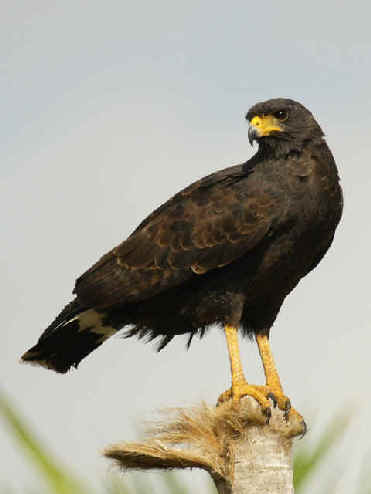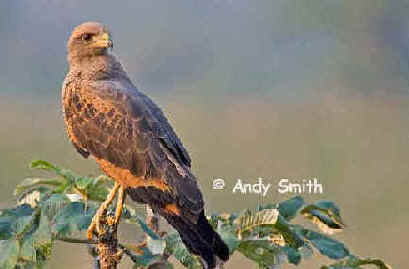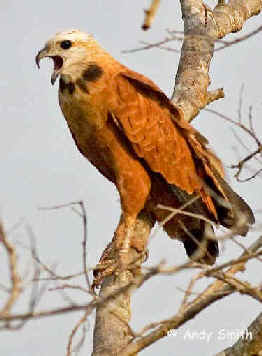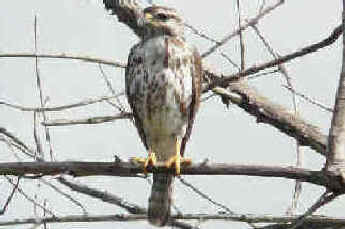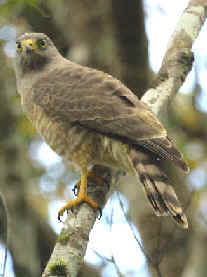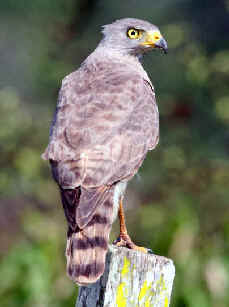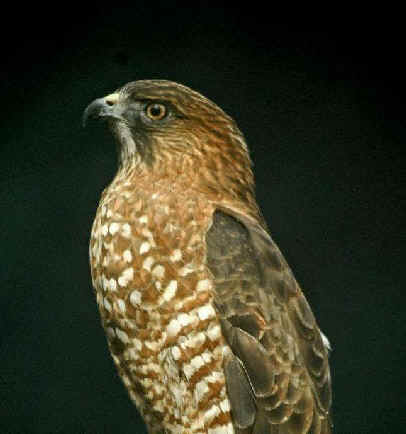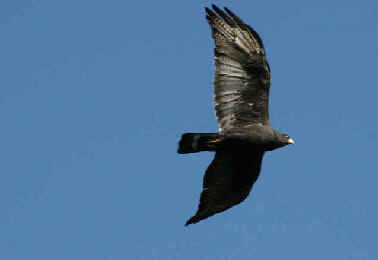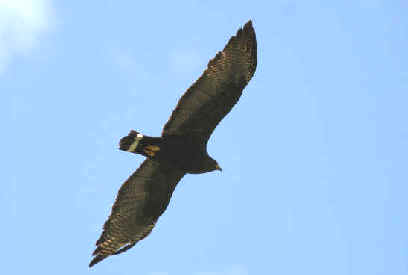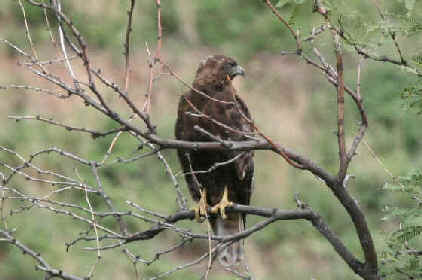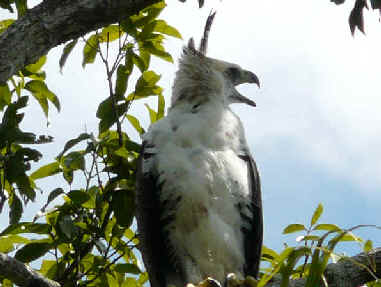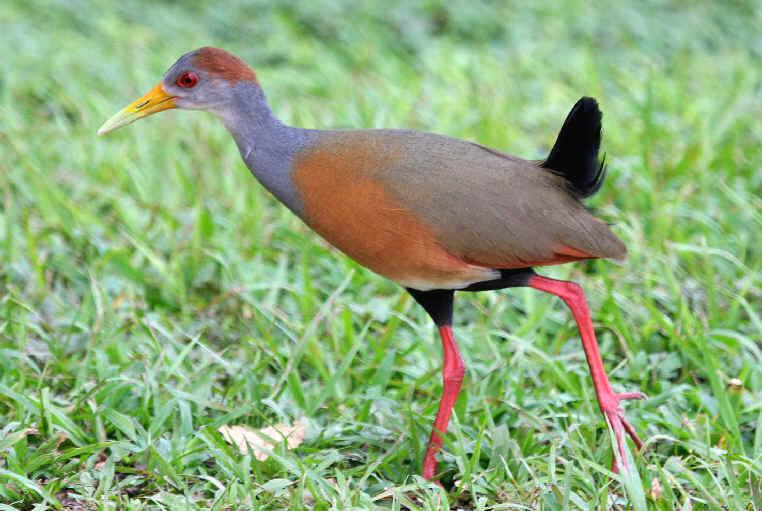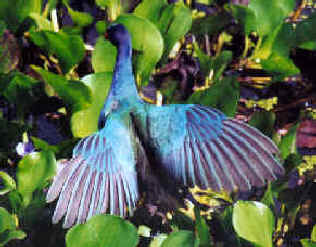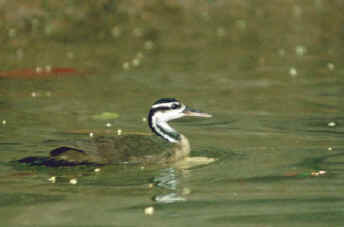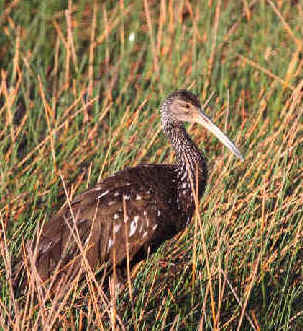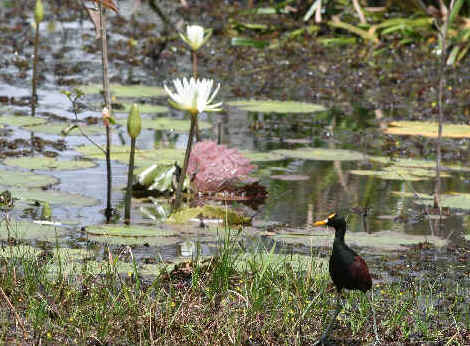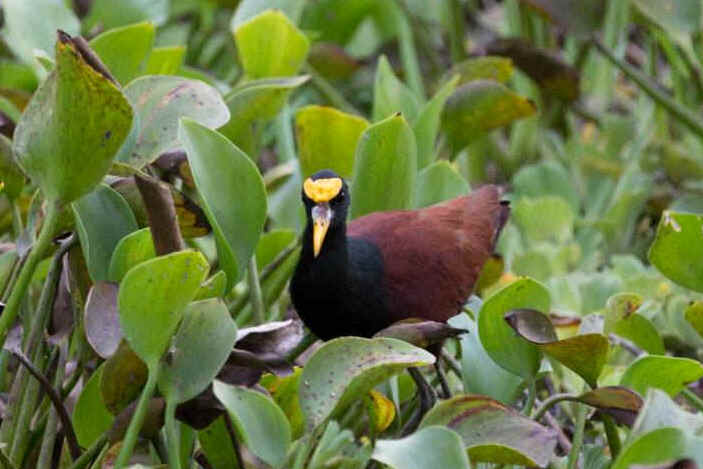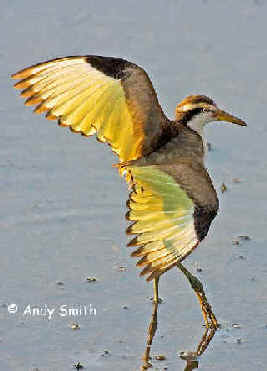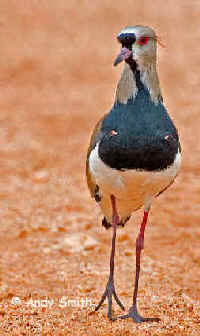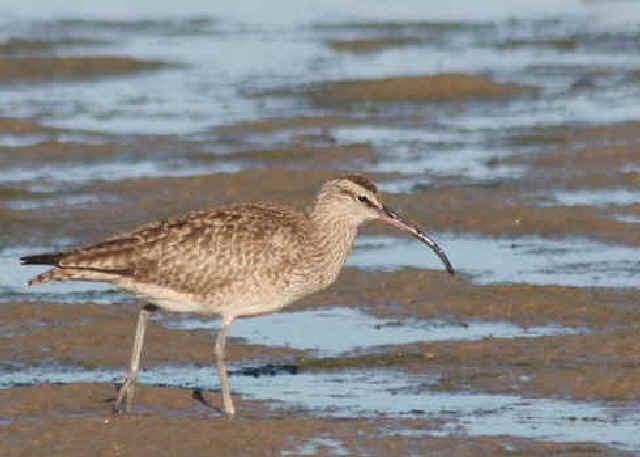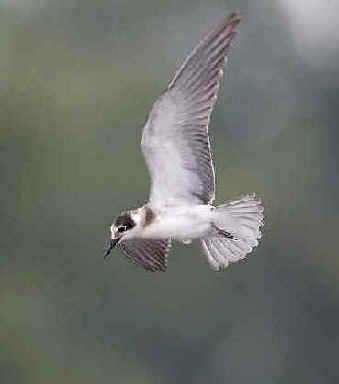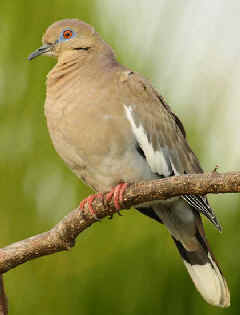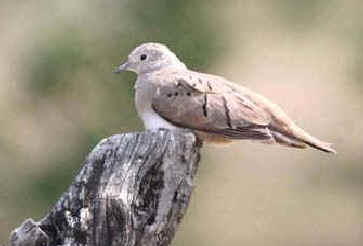
E-mail: font@focusonnature.com
Phone: Toll-free in USA 1-888-721-3555
or 302/529-1876
 |
PO
Box 9021, Wilmington, DE 19809, USA E-mail: font@focusonnature.com Phone: Toll-free in USA 1-888-721-3555 or 302/529-1876 |
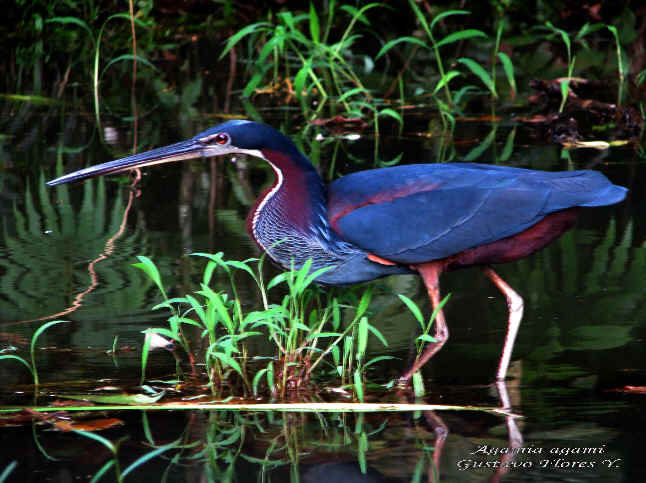 CENTRAL
AMERICA
CENTRAL
AMERICA
BIRDS
Tinamous
to Doves
Noting those found during
Focus On Nature Tours
1991 thru 2015
In Belize, Costa Rica,
Guatemala
Honduras, Panama
Part 1 of a Central America Bird List, with some Photos,
compiled by Armas Hill
Photo at upper right: AGAMI HERON
Codes:
(t): a globally threatened or
rare species, designated by Birdlife International
(t1): critically endangered
(t2): endangered
(t3): vulnerable
(nt): a near-threatened species
globally
In the list that follows, relating to sightings during
FONT tours, the country & the months are noted.
BZ: Belize
CR: Costa Rica
GU: Guatemala
HN: Honduras
PN: Panama
(CAi): introduced species in Central America
(CAr): a rare species in Central America
(*): species found during Focus On
Nature Tours
(ph): species with a photo in the FONT web-site
Links to Bird
Groupings in this part of this List:
Tinamous
Chachalacas, Guans,
Curassow Wood-Partridge, Quail,
Turkey Waterfowl
Pelagic Birds Grebes Storks, Ibises, Spoonbill Egrets, Herons, Bitterns
Frigatebirds, Pelicans, Boobies Cormorants, Anhinga Vultures Caracaras & Falcons
Osprey & Kites Hawks & Eagles Crakes, Rails, & Allies Sungrebe, Sunbittern. Limpkin
Shorebirds
Jaegers, Gulls, Terns,
Skimmer Pigeons & Doves
Links to Other Parts of this Central American Bird
List:
Part
#2: Macaws to Woodpeckers
Part
#3: Manakins to
Thrashers
Part
#4: Thrushes to Buntings
Links to Lists of Birds of: Belize
Costa Rica
Guatemala
Honduras
Panama
Links to Lists & Photo Galleries of Other Nature, including Central
American:
Mammals
Butterflies
Amphibians, Reptiles Marine Life, inc. Fish, Crustaceans
Links to Information about Upcoming FONT Birding & Nature Tours:
in Central America
by month, in: 2015
2016 or:
by geographic
location worldwide
Other
Links:
Directory of Photos in this Website
Birds of Central
America, Part #1:
TINAMOUS
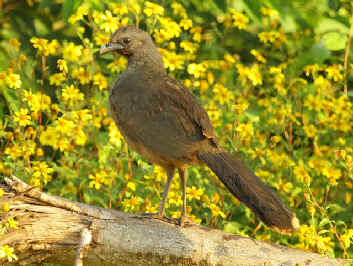
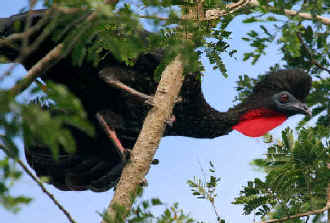
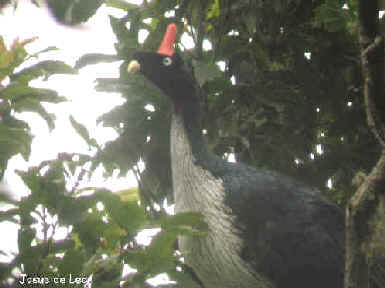
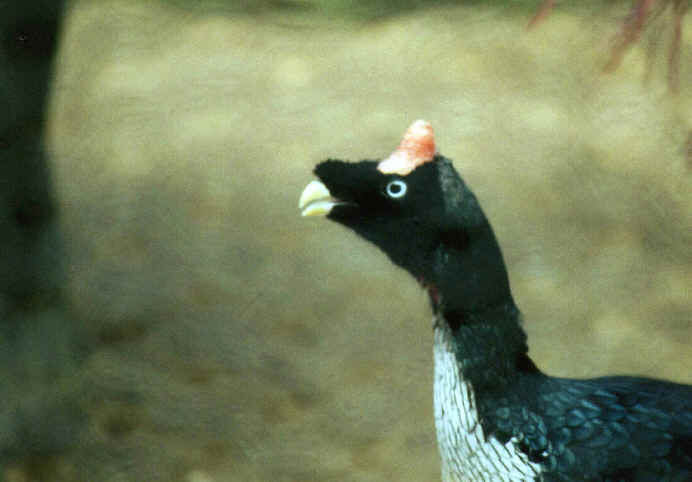
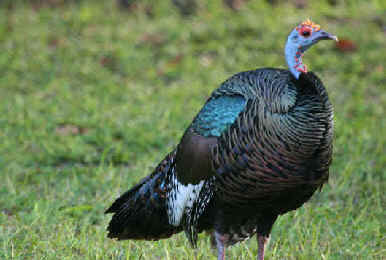
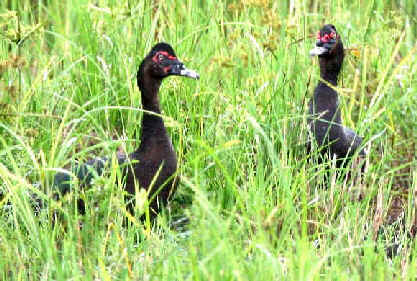
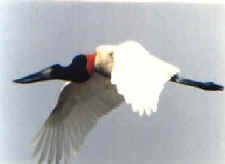
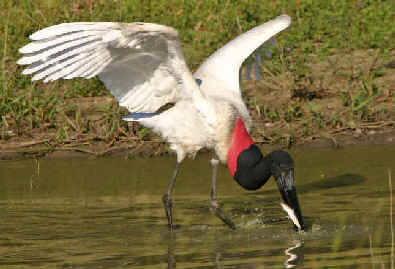
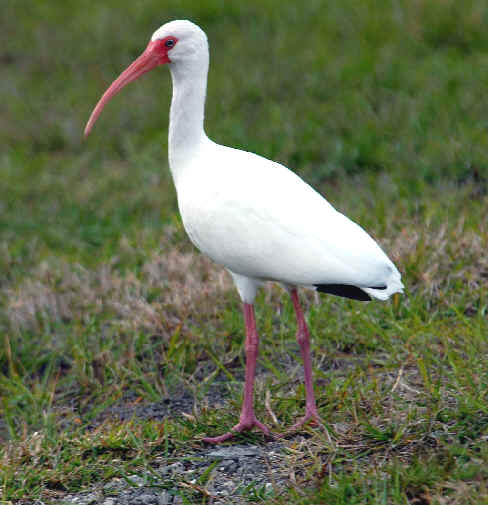
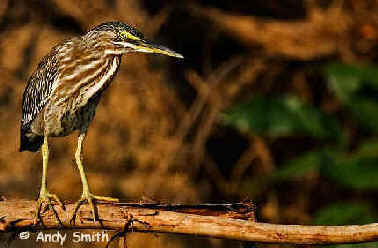
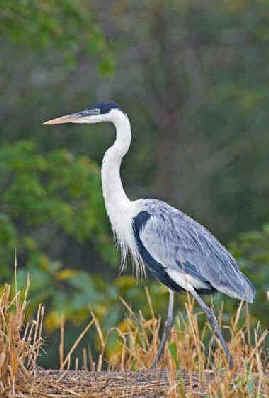
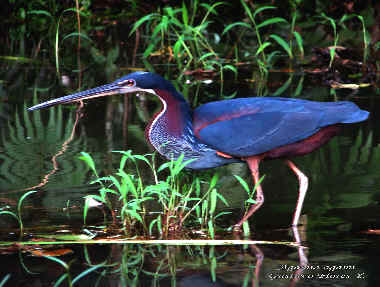
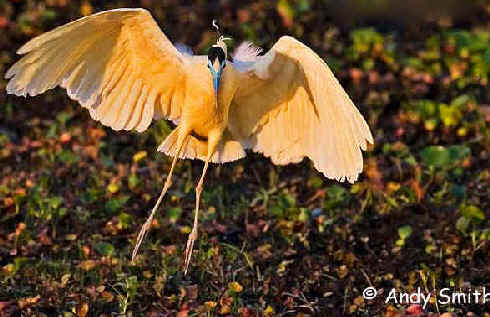
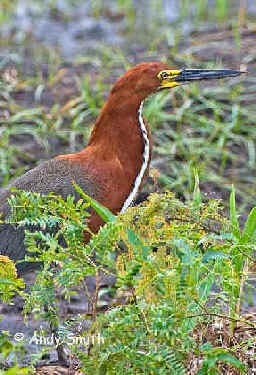
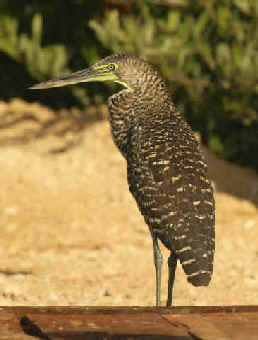
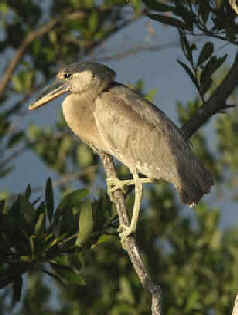
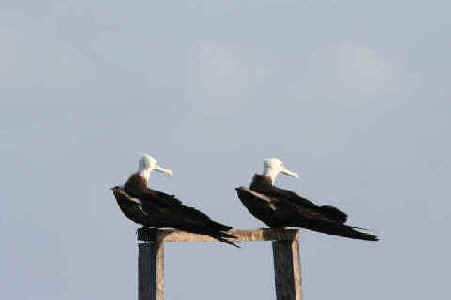
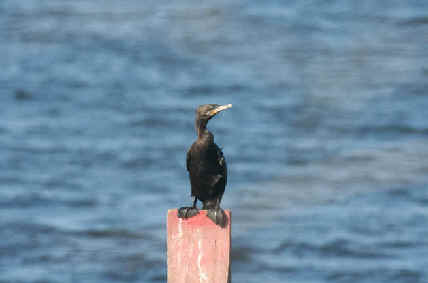
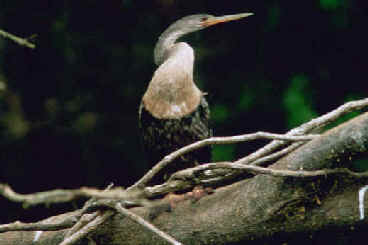
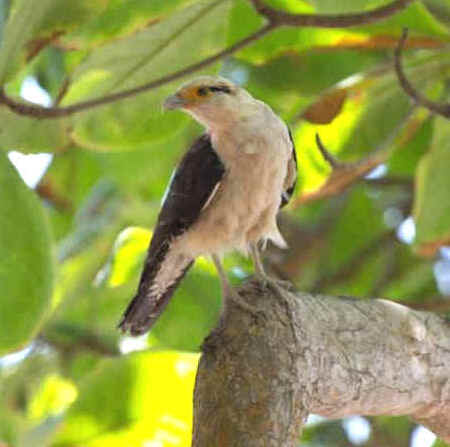
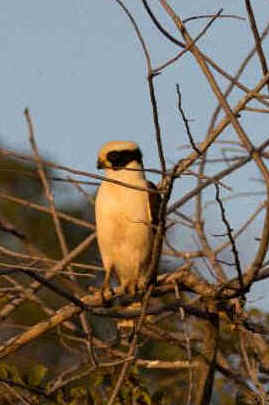
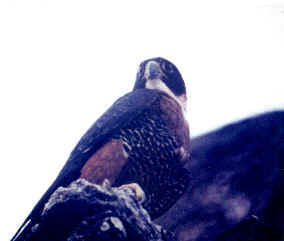
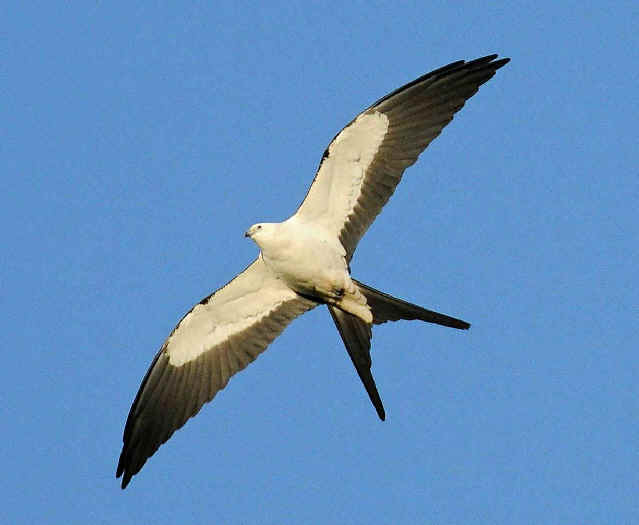
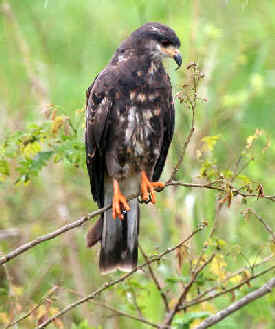
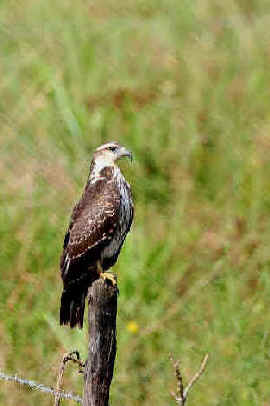
Crane Hawk (*) (ph) ______ CR:feb,jul,dec/jan PN:feb
Geranospiza caerulesens nigra (the single member of its genus)
